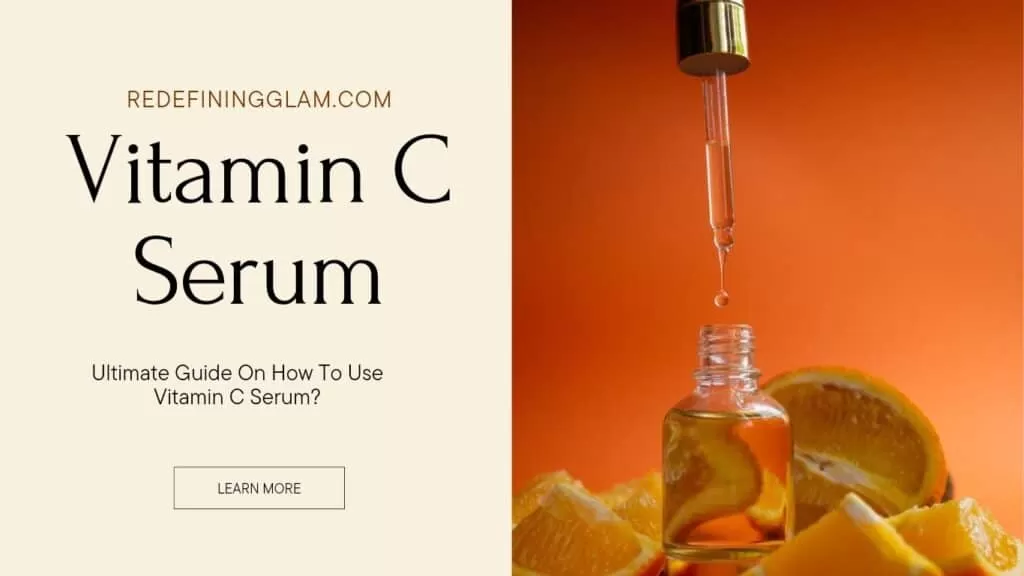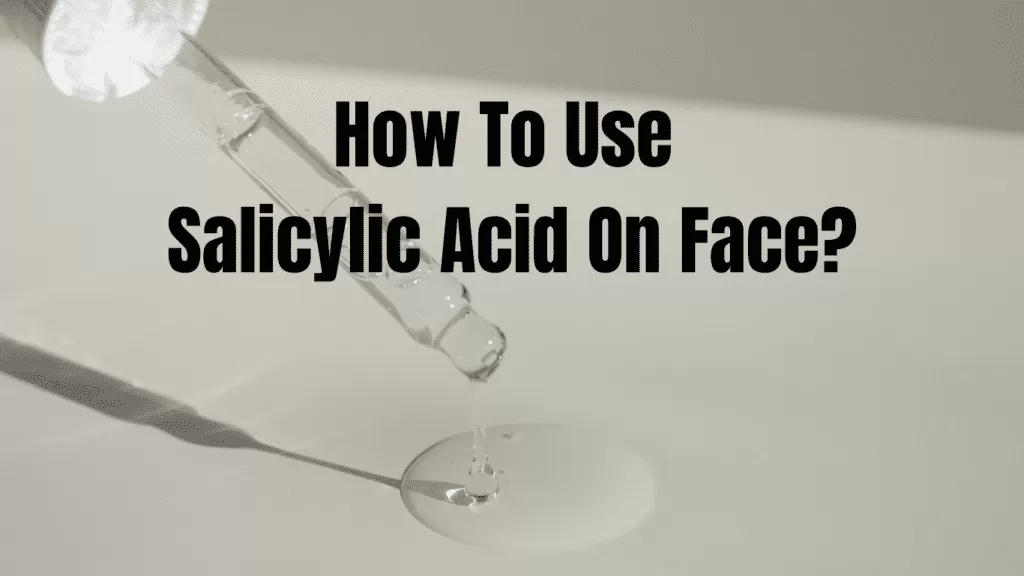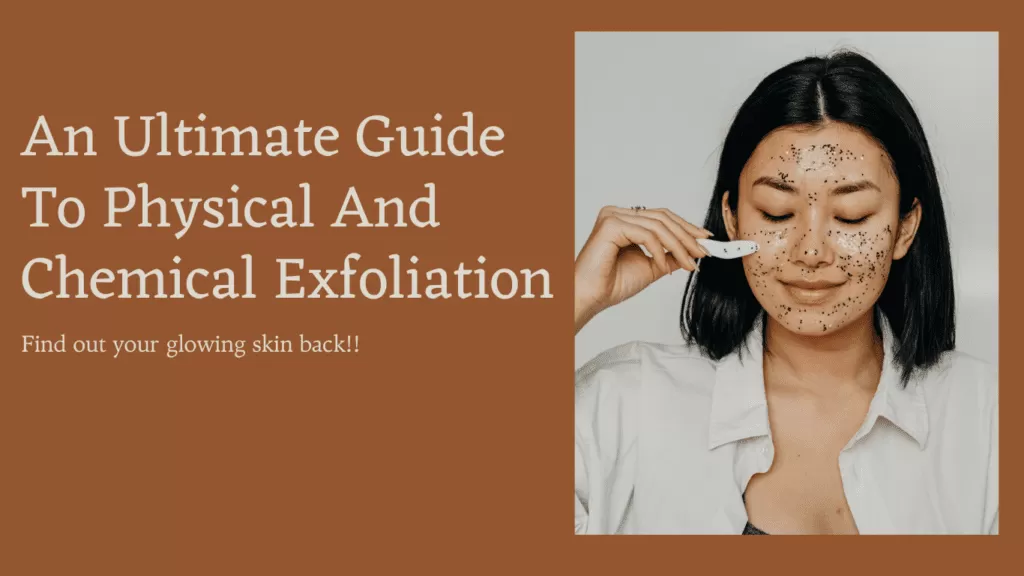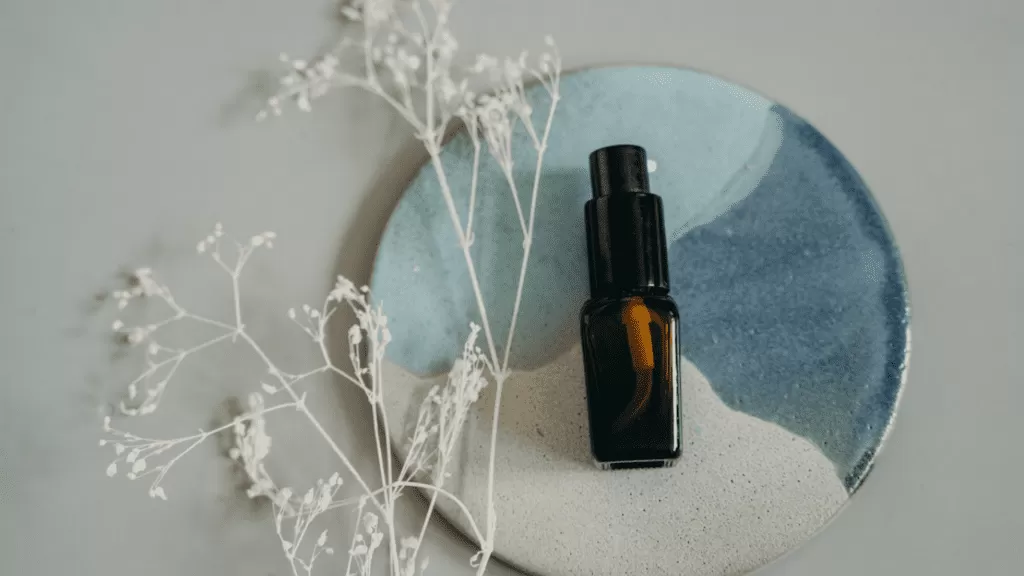
Do you know some acids can be helpful for your skin? Yes, I know it may sound bizarre. But there are many skincare products you use that contain them. One such acid is AHAs and BHAs. They are popular chemical solutions people love for exfoliation. AHA and BHA are hydroxy acids that help to test skincare concerns like acne, blackhead, and whiteheads, giving you clear skin. So if you want glowing, even-tone, and clear skin, you must check out this beginner-friendly guide on how to use AHA and BHA for exfoliation?
In this beginner-friendly guide on AHA and BHA, we will discuss all you need to know to use AHAs and BHAs for exfoliation in your skincare routine. So stay with us till the very end.
Beginner-Friendly Guide On How To Use AHA and BHA For Exfoliation?
What Is AHA?
AHA stands for Alpha hydroxy acid. It is used in skincare products as exfoliants. AHA is a brilliant exfoliator that removes dead skin cells, giving you better skin texture and cleansing pores from within. It also works best on acne, acne scars and lightens dark spots.
You can also find AHA peeling solutions that contain higher concentrations of the acid to work as an exfoliator removing all the rough outer layer of the skin and giving you a glow from within.
Different types of AHAs prevalent in the market are:-
- Glycolic acid
- Lactic acid
- Malic acid
- Citric acid
- Tartaric acid
Benefits Of AHAs
AHAs are used to treat wrinkles, uneven skin texture, and pigmentation. They are water-soluble and hence work best on the skin surface. It can get rid of small bumps on your skin.
And if you are suffering from rough mature skin, the. AHAs are best for you as they will get rid of that rough skin providing you a smooth and plump skin.
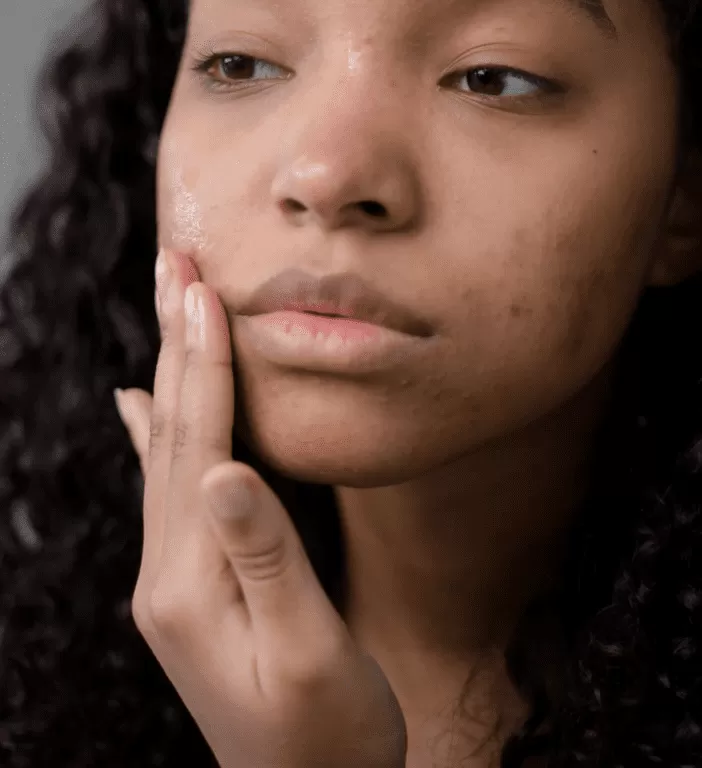
How To Use AHA For Exfoliation?
The most popular AHA among all of the AHAs is glycolic acid. It is a great skincare ingredient to add to your routine.
Glycolic acid is an organic acid derived from sugarcane. It is used to exfoliate the skin and promote new skin cell growth.
Glycolic acid works great on the surface to get rid of those pesky bumps and rough skin. It also contains small molecules that can get deeper into the skin to clean the pores and kill that acne-causing bacteria. You can find glycolic acid in several forms- cleansers, toners, and exfoliating solutions.
You can choose any of these products. As for the concentration, look for a product with 8 to 10% concentration for best use.
If you are just starting, less than 5% is ideal for you. Also, you can start by using it as an exfoliating pad.
Start by using this acid once a week and at night. You should use this acid at night because it makes your skin more susceptible to UV rays and can cause sun damage. But don’t worry. The studies of the FDA confirm that even though AHAs can increase skin sensitivity to UV rays, this is reversible.
You can use this as a face wash to cleanse your skin. Or as a toner to get bright and plum skin. Also, remember to moisturize your skin after using glycolic acid, as it can dry out the skin.
What Is BHA?
BHA stands for beta hydroxy acid. They are fat-soluble and are used by the cosmetic industry to reduce aging signs. It is also a popular exfoliant to get rid of comedones and can improve skin texture.
BHAs are fat soluble and can penetrate deeper into the skin to clean out pores. It also reduces oil production. Another benefit of this acid is that it can reduce the appearance of large pores. BHA is best for you if you have open and enlarged pores.
Different types of BHS prevalent in the market are-
- Salicylic acid
- Beta hydroxy-butanoic acid
- Tropic acid
- Trethocanic acid
Benefits Of BHAs
BHA is oil soluble and penetrates deeper into the skin cells to clean out the pores. They are best suited for oily skin people as they can reduce oil production. It also has antibacterial and anti-inflammatory properties that reduce acne and redness of the skin.
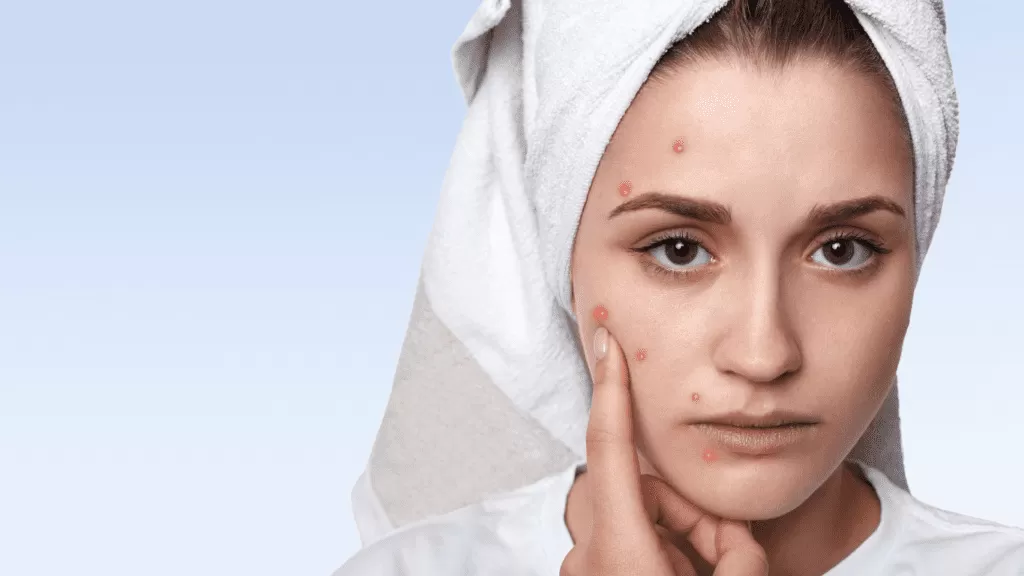
How To Use BHA For Exfoliation?
One of the most popularly used BHA is salicylic acid. They are used as a natural exfoliator. It breaks the protein bonds of the dead skin, making it easier to be removed.
And if you are suffering from stubborn blackheads and whiteheads, you should use this acid. It not only removes them but prevents them from recurring in the future.
You can find different products containing salicylic acid in the market, for example, face cleansers, lotions, ointments, exfoliating pads, solutions, etc. You can choose any of them as per your preferences.
If you are just starting, it is recommended to start by using it once or twice a week.
Note- If you want to know more about salicylic acid, click here.
Difference Between AHA And BHA
| AHAs | BHAs |
| Water-soluble | Oil-soluble |
| Best for dry skin | Best for oily and acne-prone skin |
| Has moisturizing properties | Has inflammatory properties |
| Works only on the surface | Penetrates deeper into your pores |
| Sensitive to UV light | Not sensitive to light |
Which Is Better- AHA Or BHA?
Before you choose any of these hydroxy acids, try to understand your skin type. Both AHA and BHA have their benefits and are used to treat different skin concerns.
AHAs, like glycolic and lactic acid, are often used to treat melasma, hyperpigmentation, and acne spots. It cleanses the skin gently without drying it much, and hence, is best for dry-skin people. Also, if your goal is to get a brighter complexion, then using AHA products, in the long run, might help you.
BHAs, like salicylic acid, are great for oily skin people. If you often suffer from acne caused by clogged pores, this acid would work magically for you. As it is a fat-soluble acid, it can dive differently into the skin cells and can also reduce oil production.
Summary
AHA and BHA are great exfoliants to include in your skincare routine. While AHAs are best to target surface skin concerns, BHAs exfoliate deeper in the skin.
I hope with this beginner-friendly guide on how to use AHA and BHA for exfoliation, now you have more information about both acids and can include them in your skin care regimen without hiccups.
No, where are you going? The article still has something to offer you. Here are some popular queries about AHA and BHA. Check it out right now to resolve your questions to make the best use of these ingredients.
FAQs About AHA and BHA
Now, let us move on to popular queries about AHA and BHA.
How Often To Use AHA and BHA?
AHAs can be used 3-4 times a week. However, products containing lower concentrations of BHAs are safe to use daily. Also, you have to remember that you cannot pair it with any active acids.
Which Is Better For Acne- AHA or BHA?
Both AHA and BHA are great experiences and can work magically on acne. But if you have dry skin, you can consider using AHA. And if oily, then BHA is best suited for you.
What To Apply After AHA And BHA?
You should not use any active acid after AHA or BHA. But you should follow up with a moisturizing serum or cream to return moisture to your skin.
When To Apply AHA and BHA
AHA, like glycolic acid, should be used at night. And for BHA, you can use it as per your choice when using it as a cleanser.
Can You Use AHA and BHA Together?
You can use AHA and BHA Together when formulated together in a product. They work great together to repair sun damage.
